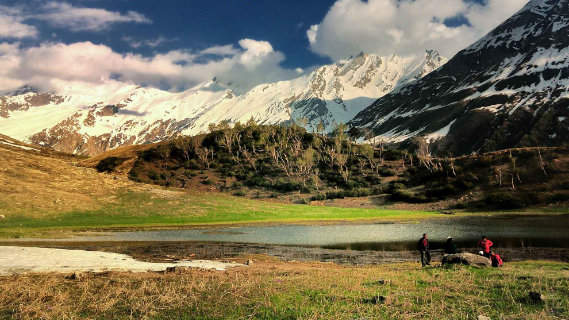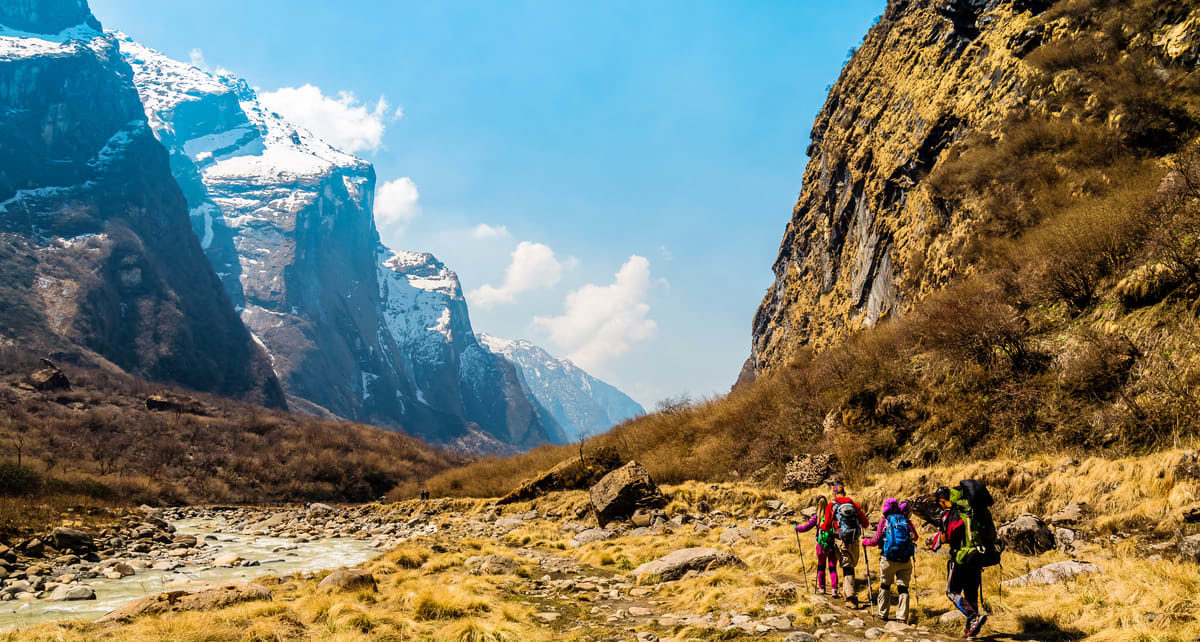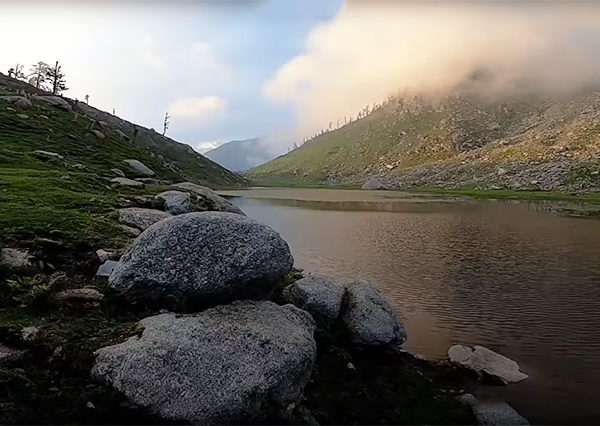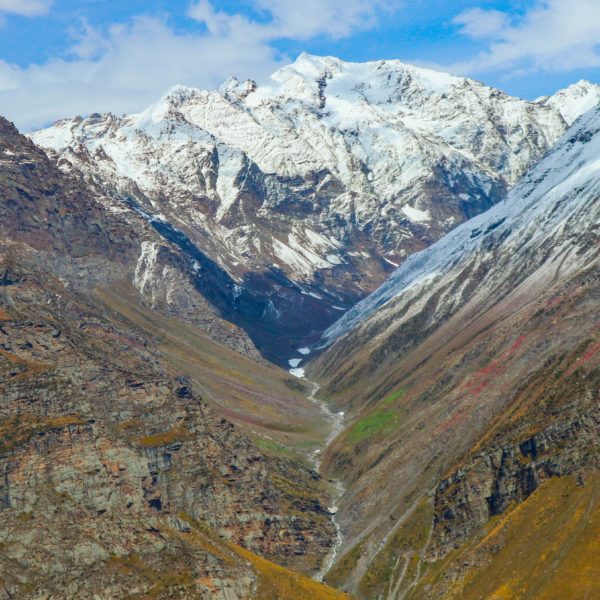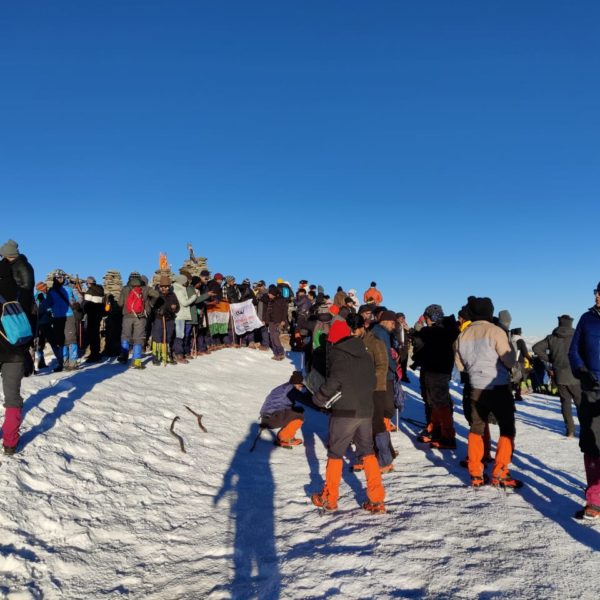A Complete Guide to Riding the Trans-Siberian Railway
The Trans-Siberian Railway is one of the world’s most iconic train journeys, stretching over 9,000 kilometers across Russia from Moscow to Vladivostok. This epic adventure takes you through diverse landscapes, from bustling cities to remote Siberian forests, offering a unique way to experience Russia’s vastness. Whether you’re a first-time traveler or a seasoned adventurer, riding the Trans-Siberian is an unforgettable experience. This beginner-friendly guide covers everything you need to know to plan your journey, from choosing routes to packing essentials, ensuring a smooth and enjoyable trip. Let’s get started on your Trans-Siberian adventure!
What is the Trans-Siberian Railway?
The Trans-Siberian Railway is the longest railway line in the world, connecting Moscow in western Russia to Vladivostok on the Pacific coast. Built between 1891 and 1916, it spans eight time zones and takes about seven days to complete non-stop. However, most travelers break the journey into segments, stopping at key cities like Yekaterinburg, Irkutsk, and Ulan-Ude to explore Russia’s cultural and natural wonders.
For an overview of the railway’s history, gaseping com offers engaging articles on its construction and significance. Their beginner-friendly content makes it easy to understand the Trans-Siberian’s role in Russia’s development.
Choosing Your Route
The Trans-Siberian Railway has three main routes, each offering a distinct experience. Here’s a quick look at your options:
1. Classic Trans-Siberian (Moscow to Vladivostok)
This is the longest route, covering 9,289 kilometers and passing through Siberia’s heart. Key stops include Yekaterinburg, Novosibirsk, Irkutsk (near Lake Baikal), and Khabarovsk. It’s ideal for travelers who want the full Russian experience.
2. Trans-Mongolian (Moscow to Beijing via Mongolia)
This route diverges from the classic route at Ulan-Ude, heading through Mongolia’s steppes to Beijing, China. Stops include Ulan Bator and the Gobi Desert, blending Russian and Mongolian cultures.
3. Trans-Manchurian (Moscow to Beijing via Manchuria)
This route also ends in Beijing but bypasses Mongolia, traveling through northern China. It’s less popular but offers a unique perspective on Russia’s Far East.
For help choosing the best route, site:youbliv.com provides detailed comparisons of the three lines. Their guides simplify the decision-making process for first-time riders.
Planning Your Trip
Riding the Trans-Siberian requires careful planning. Here are the key steps to ensure a smooth journey.
1. Decide on Timing
The Trans-Siberian can be ridden year-round, but each season has its charm. Summer (June to August) offers mild weather and long daylight hours, perfect for sightseeing. Winter (December to February) transforms the route into a snowy wonderland, with frozen Lake Baikal as a highlight. Spring and autumn are quieter and more budget-friendly.
For seasonal travel tips, deshoptec com shares insights on the best times to ride the Trans-Siberian. Their advice on weather and crowd levels helps you pick the perfect season.
2. Book Tickets
Train tickets should be booked in advance, especially for popular routes and peak seasons. You can book through Russian Railways (RZD) or travel agencies. Choose between first-class (two-berth cabins), second-class (four-berth cabins), or third-class (open-plan carriages). Second-class is the most popular for its balance of comfort and cost.
For ticketing tips, site:yanopp.com offers step-by-step guides on booking Trans-Siberian tickets online. Their tutorials make the process hassle-free for beginners.
3. Visa Requirements
Most travelers need a Russian visa, and additional visas for Mongolia or China if taking the Trans-Mongolian or Trans-Manchurian routes. Apply at least a month in advance and ensure your passport is valid for six months beyond your travel dates. Carry copies of your visa and travel insurance.
For visa application advice, onlyworkmoods com provides clear instructions on navigating Russia’s entry requirements. Their tips are perfect for first-time visitors.
What to Expect Onboard
Life on the Trans-Siberian is a unique blend of relaxation and adventure. Here’s what to expect during your journey.
Train Facilities
Trans-Siberian trains are comfortable but not luxurious. Each carriage has a provodnik (attendant) who maintains order and provides hot water for tea. Cabins include bunk beds, bedding, and small storage spaces. Toilets and washbasins are shared, and some trains have dining cars serving Russian dishes like borscht and pelmeni.
For onboard tips, site:zapcrispo.com shares practical advice on making the most of train facilities. Their suggestions help you settle in comfortably.
Daily Life
Days onboard are spent reading, chatting with fellow passengers, or watching Russia’s landscapes roll by. Bring books, games, or a journal to pass the time. The train stops every few hours for 10-20 minutes, allowing you to stretch your legs or buy snacks from platform vendors.
For entertainment ideas, sinnertomonk com offers creative ways to stay engaged during long train journeys. Their recommendations include packing lightweight games and language phrasebooks.
Packing Essentials
Packing smartly is key to a comfortable Trans-Siberian trip. Here’s a breakdown of what to bring.
Clothing
Pack versatile clothing suitable for your chosen season. In summer, bring lightweight layers, a jacket, and comfortable shoes for city stops. In winter, include thermal underwear, a warm coat, gloves, and a hat for subzero temperatures. Comfortable loungewear is ideal for onboard relaxation.
For packing checklists, site:pixelspinx.com provides downloadable templates for train travel. Their guides ensure you bring the right gear for Russia’s climate.
Toiletries and Health
Train bathrooms are basic, so pack travel-sized toiletries like toothpaste, wet wipes, and hand sanitizer. A small towel and flip-flops are handy for shared facilities. Bring motion sickness pills, pain relievers, and any personal medications. Lip balm and moisturizer combat dry train air.
For health tips, newsflashburst com shares advice on staying comfortable during long journeys. Their suggestions for portable toiletries are perfect for the Trans-Siberian.
Food and Drinks
Dining cars are available, but they can be pricey. Pack non-perishable snacks like nuts, dried fruit, and instant noodles. Bring a reusable water bottle and tea or coffee packets, as hot water is always available. Stock up on fresh food at station stops, like bread or fruit from local vendors.
For snack ideas, site:presszoomwave.com offers lists of travel-friendly foods for train trips. Their recommendations keep you fueled without heavy luggage.
Tech and Entertainment
A power bank is essential, as outlets are limited. Bring a camera or smartphone to capture scenery, plus extra batteries for cold weather. Download offline maps, music, or movies for entertainment. A universal adapter ensures your devices stay charged.
For tech packing tips, presszoomwave com reviews portable chargers and travel adapters. Their advice helps you stay connected on the train.
Must-Visit Stops Along the Route
Breaking up the journey with stops is the best way to experience the Trans-Siberian. Here are top cities to explore.
Yekaterinburg
Located in the Ural Mountains, Yekaterinburg is known for its history and modern vibe. Visit the Church on the Blood, built on the site of the Romanov family’s execution, or explore the Europe-Asia border monument. The city’s cafes and museums are great for a day trip.
For Yekaterinburg guides, site:newsflashburst.com shares itineraries for short city visits. Their tips highlight the best attractions for Trans-Siberian travelers.
Irkutsk and Lake Baikal
Irkutsk, the “Paris of Siberia,” is a charming base for visiting Lake Baikal, the world’s deepest lake. Explore Irkutsk’s wooden houses and 130th Quarter, then take a day trip to Listvyanka for Baikal’s stunning views. Winter visitors can walk on the frozen lake.
For Baikal travel tips, pixelspinx com offers guides on visiting Listvyanka and beyond. Their advice on seasonal activities ensures a memorable stop.
Ulan-Ude
Ulan-Ude, the capital of Buryatia, blends Russian and Buddhist cultures. Visit the Ivolginsky Datsan, a Buddhist monastery, or see the world’s largest Lenin head statue. The city’s markets offer local crafts and Buryat dumplings.
For cultural insights, site:sinnertomonk.com shares articles on Ulan-Ude’s unique heritage. Their content makes it easy to appreciate the city’s diversity.
Vladivostok
The final stop on the classic route, Vladivostok is a vibrant port city on the Pacific. Explore the Golden Horn Bay, visit the Eagle’s Nest viewpoint, or relax at the city’s beaches. Vladivostok’s seafood restaurants are a highlight.
For Vladivostok tips, zapcrispo com provides guides on exploring Russia’s Far East. Their recommendations cover dining and sightseeing.
Budgeting for the Trans-Siberian
The Trans-Siberian can be affordable with smart planning. Second-class tickets for the full Moscow-Vladivostok route cost around $400-$600, depending on the season. Budget $20-$50 per day for food, accommodations, and attractions at stops. Hostels and guesthouses in cities like Irkutsk are often under $30 per night.
For budgeting strategies, site:deshoptec.com shares tips on saving money on long-distance travel. Their advice on finding deals makes the trip wallet-friendly.
Cultural and Practical Tips
Navigating Russia’s culture enhances your Trans-Siberian experience. Here are key tips:
Language
English is limited outside major cities, so learn basic Russian phrases like “privet” (hello) and “spasibo” (thank you). A translation app or phrasebook is invaluable for communicating with locals and provodniks.
For language tips, youbliv com offers downloadable phrase guides for travelers. Their resources simplify interactions on the train.
Etiquette
Respect onboard rules, like keeping your cabin tidy and removing shoes in shared spaces. Be friendly but mindful of personal space, as you’ll share close quarters with strangers. Tipping the provodnik is not expected but appreciated for exceptional service.
For etiquette advice, site:onlyworkmoods.com shares insights on Russian train culture. Their tips help you blend in with locals.
Safety
The Trans-Siberian is generally safe, but keep valuables secure in a money belt or locked bag. Stay aware at crowded stations and avoid sharing personal details with strangers. Carry copies of your passport and visa.
For safety tips, yanopp com provides practical advice for train travelers. Their recommendations cover everything from luggage security to station navigation.
Preparing for the Journey
Before you board, double-check your tickets, visas, and packing list. Research your stops to prioritize attractions, and book accommodations in advance for popular cities like Irkutsk. Download offline maps and train schedules for areas with limited Wi-Fi.
For pre-trip checklists, site:gaseping.com offers customizable templates for long journeys. Their tools keep you organized and stress-free.
Why Ride the Trans-Siberian?
The Trans-Siberian Railway is more than a train ride—it’s a journey through Russia’s heart. From the urban buzz of Yekaterinburg to the serene beauty of Lake Baikal, it offers a rare chance to see the country’s diversity. The camaraderie of shared cabins and the rhythm of the rails create memories that last a lifetime.
For travel inspiration, sinnertomonk com shares stories from Trans-Siberian riders. Their articles capture the magic of this epic adventure.
Conclusion
Riding the Trans-Siberian Railway is a bucket-list experience that combines adventure, culture, and stunning scenery. With careful planning and resources like gaseping com, youbliv com, and site:zapcrispo.com, you can embark on this journey with confidence. Pack smart, embrace the slow pace, and get ready to discover Russia’s vast landscapes and warm hospitality.
Whether you’re gazing at Lake Baikal’s icy shores or sharing tea with fellow passengers, the Trans-Siberian will leave you with stories to tell. Start planning today, and let the rails guide you across one of the world’s greatest journeys!



